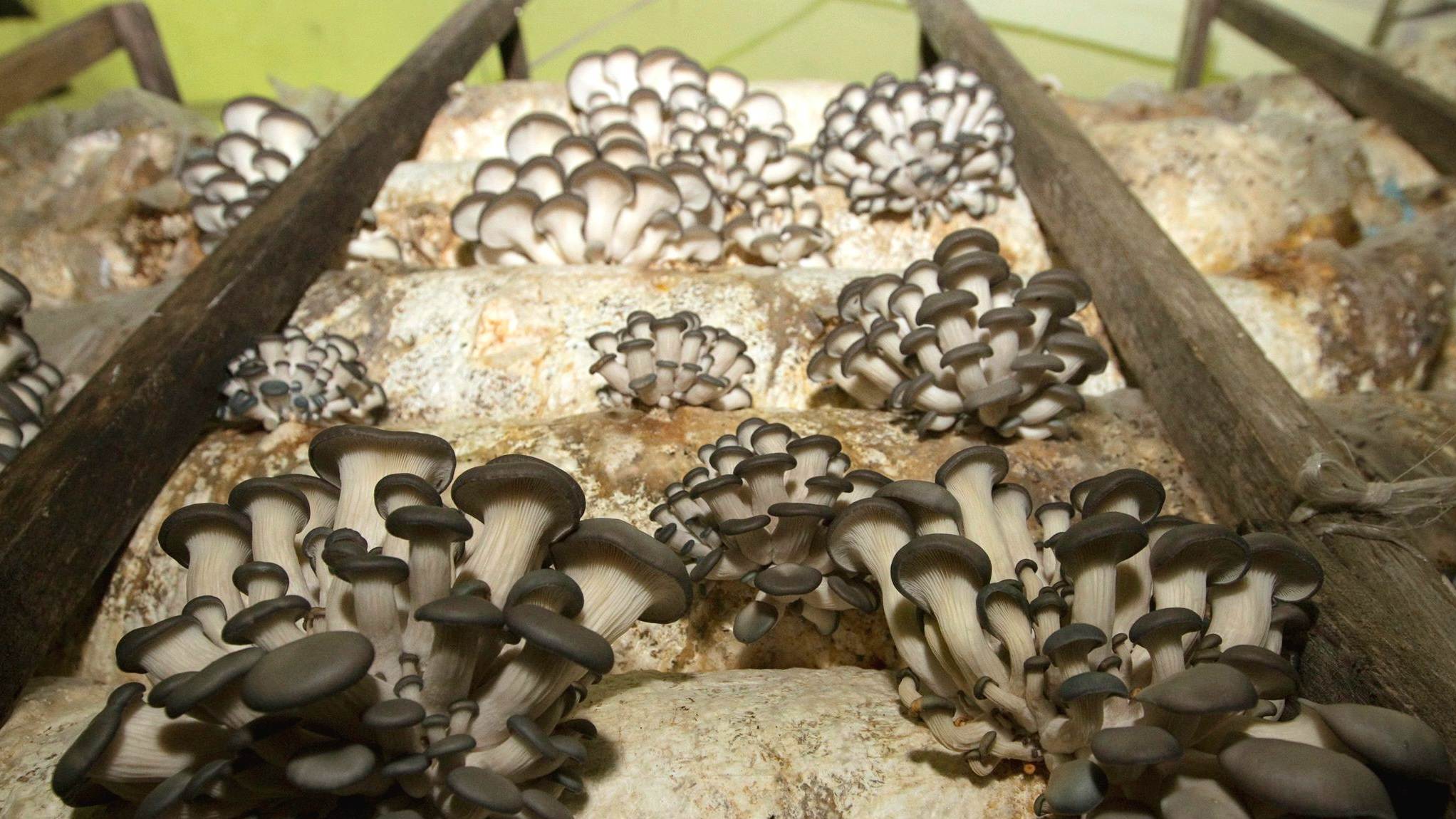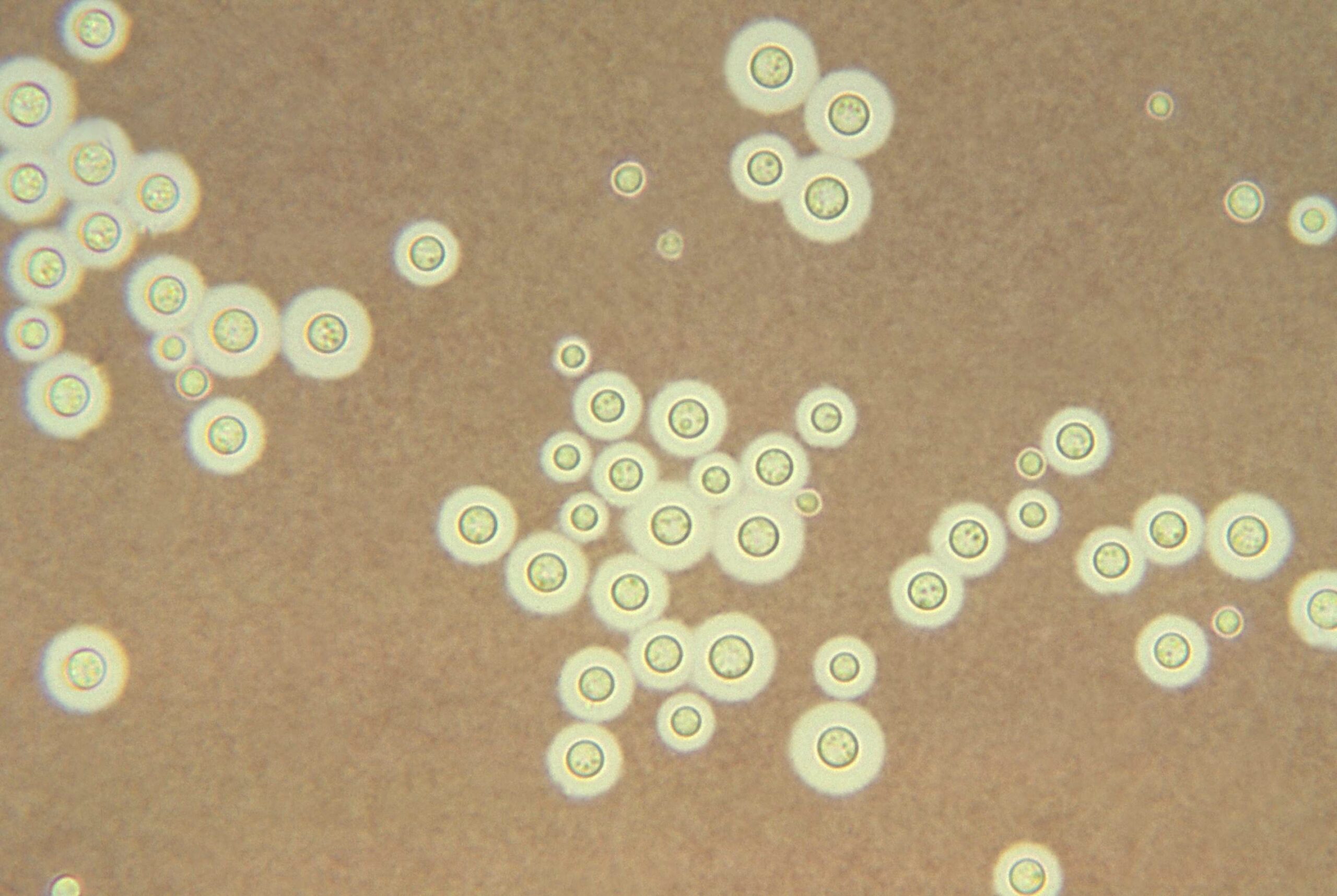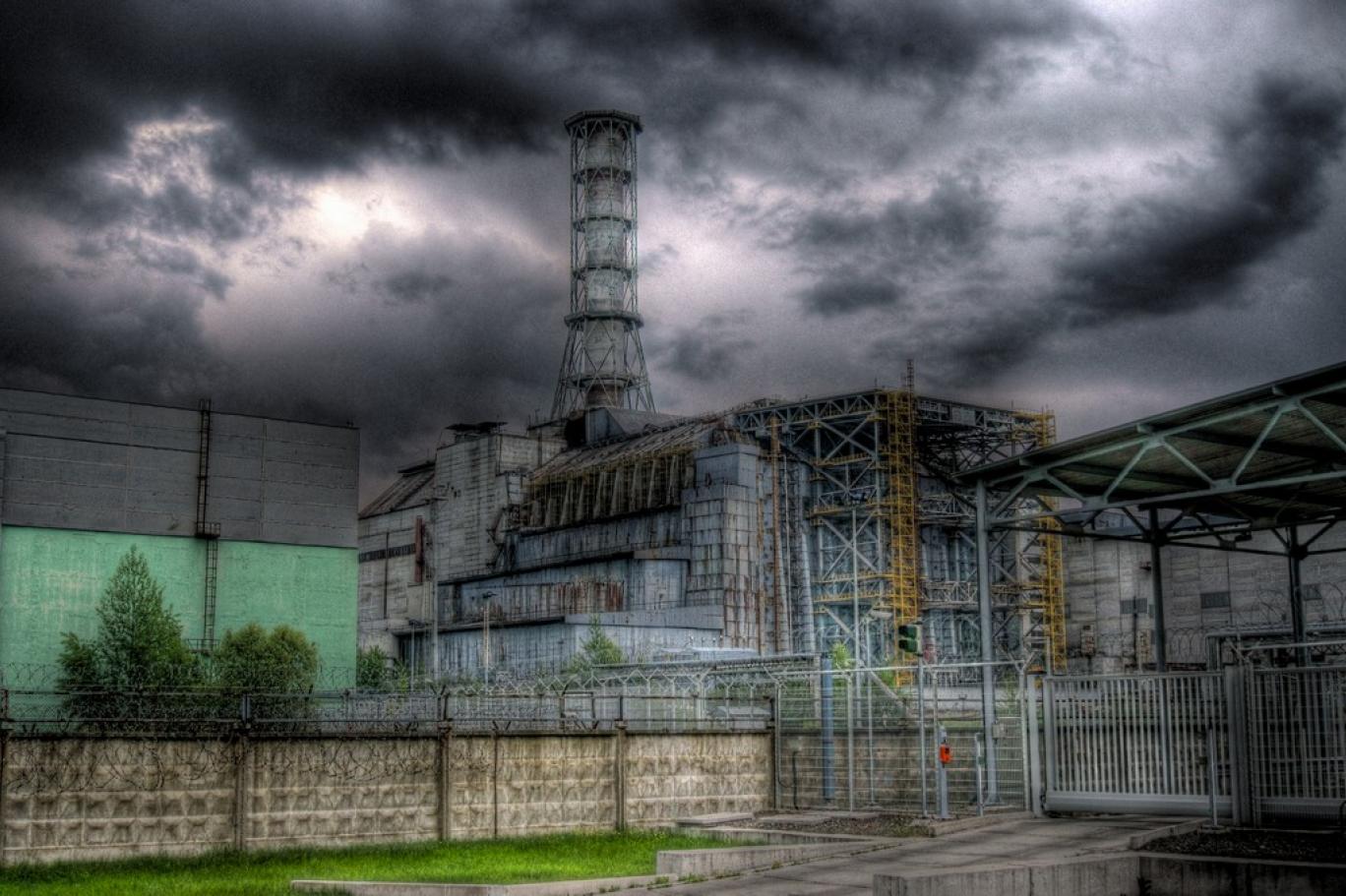The Chernobyl nuclear power plant disaster in 1986 left a scar on the Earth’s history, but amidst the devastation, nature has revealed a remarkable secret. Scientists have discovered a strand of fungi, known as Cryptococcus neoformans, within the Chernobyl complex that possesses an extraordinary ability to “eat” radiation. This groundbreaking finding has sparked immense interest and opened up new possibilities for radiation protection, particularly in the context of space travel.

Cryptococcus neoformans: The radiation-eating fungi of Chernobyl

Cryptococcus neoformans, a well-known microorganism described in the late 19th century, has proven to be both a potential threat and a surprising ally to humans. Infection by this fungi, known as cryptococcosis, can pose serious risks to individuals with compromised immune systems. However, recent studies have shed light on its melanin-rich composition, which holds the key to its radiation-absorbing properties.
Radiosynthesis: Harnessing the power of Melanin
Melanin, a pigment responsible for darkening the skin, has long fascinated scientists due to its ability to absorb radiation. In the case of Cryptococcus neoformans, the melanin within its structure acts as a shield against radiation by converting it into chemical energy. This unique process, reminiscent of photosynthesis in plants, has been dubbed “radiosynthesis.” The discovery of this mechanism has sparked excitement among researchers, particularly in the field of space exploration.
“If you have a material that can act as a shield against radiation, it could not only protect people and structures in space but also have very real benefits for people here on Earth.” — Radames J.B. Cordero, researcher at Johns Hopkins Bloomberg School of Public Health
From Chernobyl to space: Exploring the potential of melanin
The potential applications of Cryptococcus neoformans and its radiation-eating properties extend far beyond the Chernobyl disaster site. NASA scientists are actively investigating the possibility of harnessing melanin from this fungi to develop a cost-effective sunscreen for astronauts during space missions. In November 2019, melanin derived from Cryptococcus was sent to the International Space Station (ISS) by scientists from Johns Hopkins University for further experimentation.
On the ISS, researchers are subjecting the melanin from Cryptococcus neoformans to rigorous testing to determine its effectiveness in shielding against radiation in space. Solar radiation poses a significant hazard to astronauts during deep-space exploration missions, as they are exposed to high levels of cosmic rays outside the protective magnetosphere of Earth. The potential of the fungi to protect against this radiation bombardment has sparked hope and excitement within the scientific community.
Preliminary experiments on the ISS have yielded promising results. A thin layer of Cryptococcus neoformans was able to block and absorb two percent of cosmic rays encountered by the ISS. Extrapolating this data, researchers speculate that a 21cm layer of these self-replicating fungi could provide sufficient protection for future space travelers.
“The greatest hazard for humans on deep-space exploration missions is radiation. To protect astronauts venturing out beyond Earth’s protective magnetosphere and sustain a permanent presence on Moon and/or Mars, advanced passive radiation protection is highly sought after.” — Excerpt from the study published in the journal BioRxiv
Radiation shield: Biotechnology’s unique advantages
In the pursuit of innovative radiation shields, biotechnology presents several unique advantages. The suitability of biotechnology for in-situ resource utilization (ISRU), self-regeneration, and adaptability has captured the attention of researchers. Composite materials incorporating Cryptococcus neoformans offer a promising avenue for increased radiation shielding while reducing the overall weight of equipment, a crucial consideration for future Mars missions and sustainable space exploration.
“Due to the complex nature of space radiation, there is likely no one-size-fits-all solution to this problem, which is further aggravated by up-mass restrictions. In search of innovative radiation-shields, biotechnology holds unique advantages such as suitability for in-situ resource utilization (ISRU), self-regeneration, and adaptability.” — Excerpt from the study published in the journal BioRxiv
Chernobyl fungi: A symbol of resilience and adaptation

The presence of Cryptococcus neoformans and related fungi colonies thriving amidst the ruins of the Chernobyl nuclear power plant stands as a testament to nature’s resilience and adaptation. These organisms have found a way to utilize the energy of radiation for their growth, a phenomenon known as “radiotrophic” growth. Their ability to survive and thrive in such an extreme environment has enthralled the attention and curiosity of scientists worldwide.
Conclusion
The discovery of radiation-eating fungi within the Chernobyl complex has uncovered a remarkable natural defense mechanism against the harmful effects of radiation. Cryptococcus neoformans and its melanin-rich composition offer potential solutions for radiation protection, not only for astronauts venturing into space but also for applications closer to home. The ongoing research and experiments aimed at harnessing the power of this fungi hold the promise of safer and more resilient space exploration, as well as advancements in radiation shielding technology on Earth.
As humanity continues to explore the mysteries of the universe, the Chernobyl fungi serve as a symbol of the resilience and adaptability of life in the face of adversity. Nature, it seems, always finds a way to surprise and inspire us with its extraordinary solutions to the challenges presented by our ever-changing world.
After reading about the strange Chernobyl fungi, read about the Elephant’s Foot of Chernobyl – a monster that emits death!




